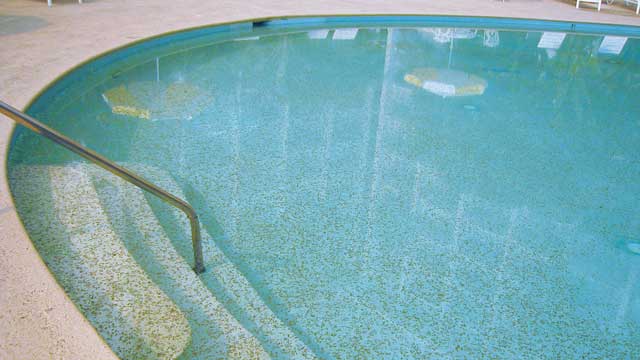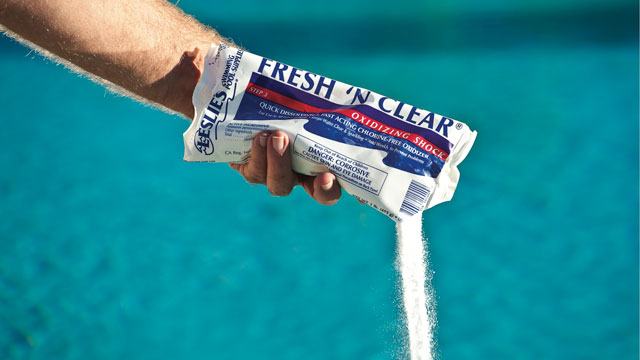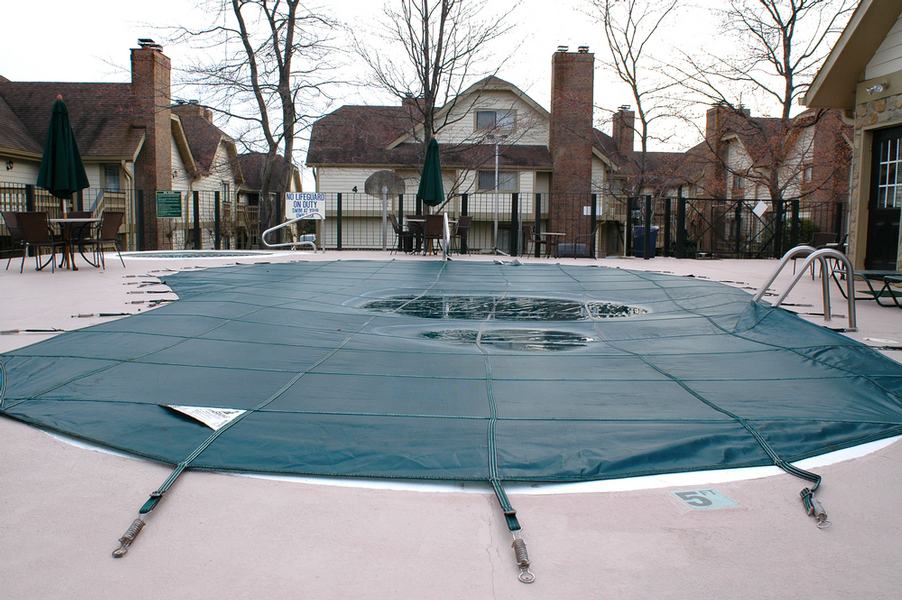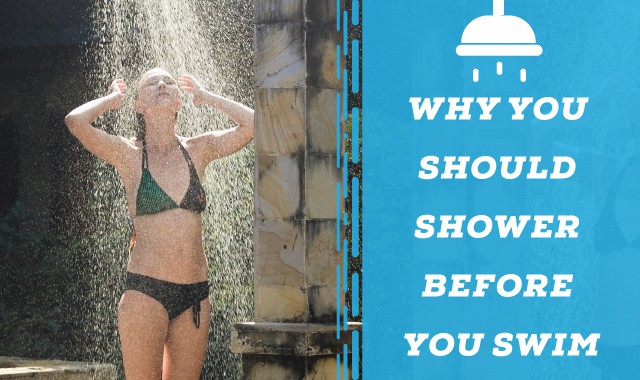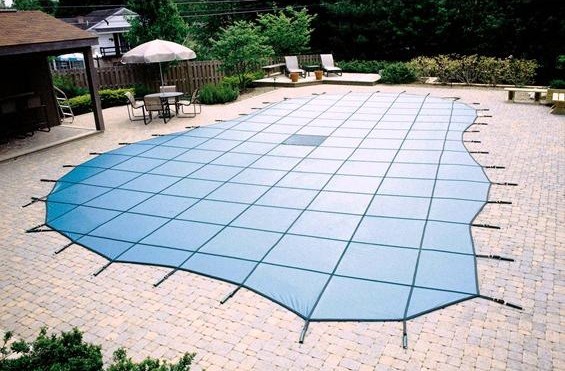Pool algae control is one of the biggest headaches in swimming pool maintenance. Some homeowners are lucky enough to avoid algae blooms altogether, but most have to conquer at least one in their lifetimes. Whether you’re dealing with algae now or you just want to prepare yourself for the future, the guide below will help you get a better understanding of what algae is and how you can control it.
What Is Algae?
Algae is a nonflowering plant that can grow in swimming pool water. It is in the same family of plants as seaweed, but it does not have roots, leaves, and steams like seaweed does. There are three main types of algae that can grow in your pool:
• Green Algae: There are many varieties of green algae, making this the most common hassle for pool owners. It can cling to the walls of the pool or it can float freely on top of the water. Green algae sometimes look dark green, yellow green, or even blue green, depending on the water chemistry and how it develops. Because of how quickly green algae spreads, it is best to get it under control quickly before it clogs the pool filter or damages the sides of the pool.
• Mustard Algae: Mustard algae is named for its mustard-like color, which is often mistaken for dirt or sand in the pool. This algae typically develops in shady areas of the pool, and it can be difficult to get rid of due to its durability. Mustard algae can withstand higher levels of chlorine than most forms of algae, so it is best treated by a professional pool cleaning company.
• Black Algae: Black algae is not technically black. Rather, it is a dark blue-green color that may appear black in certain lighting. This algae lives in the cracks of pool surfaces, and it develops deep root structures within these cracks. That makes it difficult to get rid of black algae because it can come back if not properly treated.
How to Get Rid of Pool Algae
The best way to get rid of pool algae is to prevent it from developing in the first place. Maintaining proper water chemistry and keeping your pool filter running will greatly reduce your risks of algae blooms. If you experience an algae bloom after that, you can “shock” the system by adding extra chlorine to it. Ask your pool maintenance team how much chlorine to add based on the size of your pool and the level of your outbreak. You may also use algaecide, which is a special type of product designed specifically to kill algae. In either case, you will need to wait several days before using your pool again because the water chemistry will need to balance itself back out. You may need to repeat the process to get rid of aggressive blooms.
If you have a pool brush, you can use that to brush off algae on the pool walls. You will still need to shock the system, but this will give the algae less to hold onto so it can die faster. If you are still having trouble after that, you can have your pool cleaning company take a look at your swimming pool to determine what the best approach will be for your specific needs.

